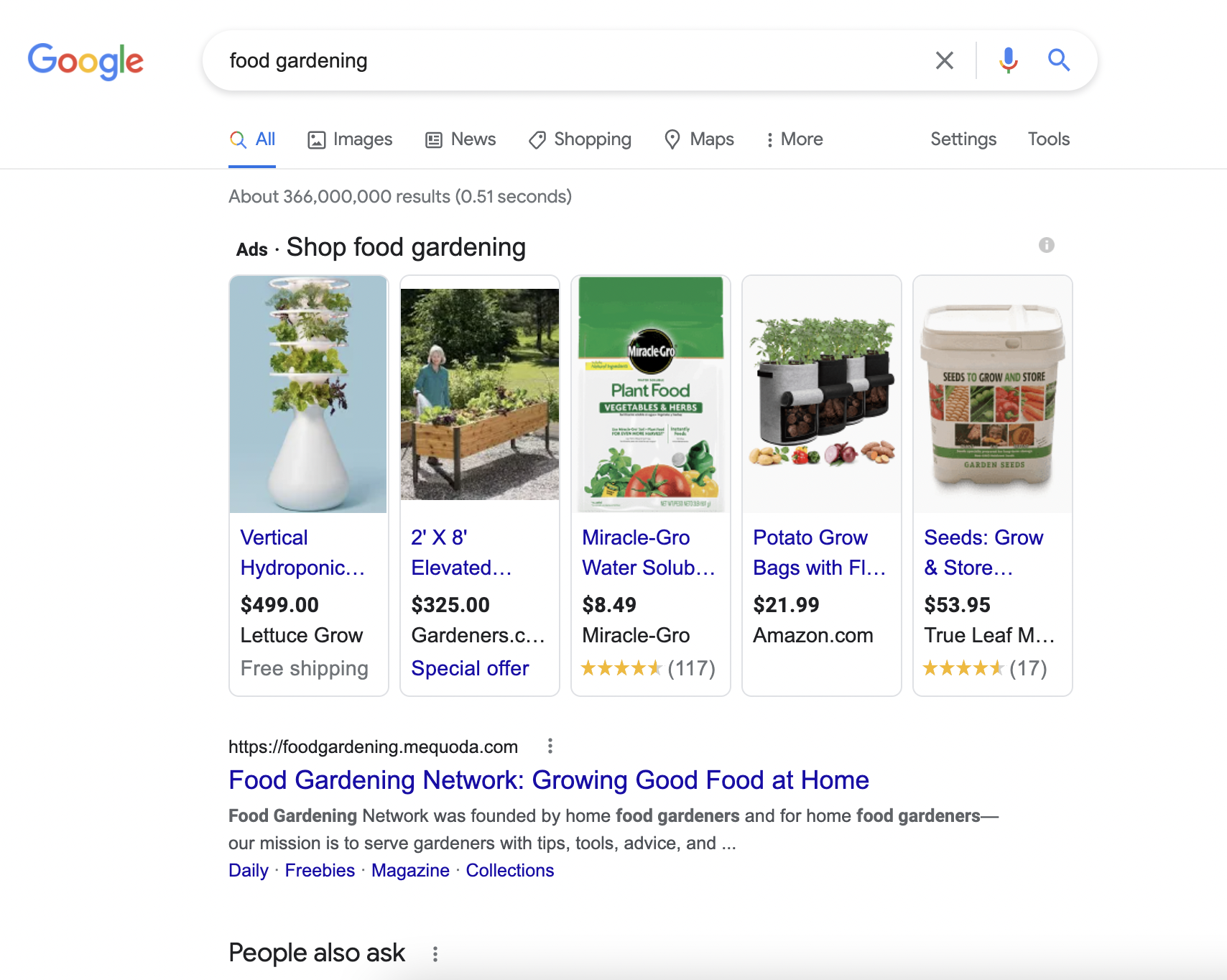
If you’re launching a new website, or re-launching an existing website, you have the opportunity to choose a website domain name that can help you drive new and repeat traffic. Having been through this process a few hundred times, I thought I would share some thoughts on the factors you might consider when choosing a new website name.
Naming a website with a legacy magazine brand
Now you might think this one is pretty simple and that your options are limited. I beg to differ. Back in 2015, we were working with the folks at Yankee Magazine to re-launch their basic website portal and convert it into a digital magazine publishing system complete with a premium magazine that would represent the last 10 years of Yankee translated from print into an HTML web magazine.
The existing portal resided at yankeemag.com which was certainly an obvious choice. During the process of due diligence, the folks at Yankee Magazine revealed that they also owned NewEngland.com. Some quick research revealed that there were almost 2 million searches per year for the phrase New England.
The decision was made that the overall Yankee brand would now include New England Today as the website portal and Yankee Magazine as the premium magazine reflecting the legacy brand. New England Guides was chosen as the branding for the freebies, which is the first page that shows up when you search the term in Google.
While your magazine brand may be very familiar to you, the chances are that the bulk of your target audience has no idea what your magazine brand is or stands for, and that there’s a generic phrase that represents your marketplace like New England that you could own as a domain name. Their website traffic has increased dramatically over the past few years making them one of the most successful regional travel websites in the country.
[text_ad]
Naming a website from scratch
About 15 years ago we launched a new knitting website called Knitting Daily and it took about 18 months to find ourselves on the top of page 1 for a search on the word knitting.
In January of this year, we launched Food Gardening Network, and I am incredibly happy to report that after about four months of publication, Food Gardening Network is on the top of page 1 when you search for the phrase food gardening. This phrase is searched for 12,000 times per year and represents an immediate and easy way to be found by people who have no idea that our brand exists but are interested in the topic of food gardening.

Naming a website with a portmanteau
Of course, you really don’t have to look any further than the website you’re currently reading to discover how to name a website using a portmanteau. As you might have discovered, our brand name is short for Media Quote Daily and we built our brand name by collapsing those three words into the phrase MEQUODA. This is not a new idea and you don’t have to look any further than Compaq Computers or Exxon to find words that have been made up to represent brands. A few decades ago I discovered that a company called Name Lab had actually developed a set of guidelines around constructional linguistics and building a made-up word to represent a new brand from scratch. Here’s a quick summary of their guidelines…
- Create names with built-in meaning. “Company and product names, like all nouns, are built from small units of language called morphemes,” says Name Lab, citing an example: “The van in advantage or vanguard is a morpheme that means top of or in front of in every word it appears. Depending on what other morphemes, prefixes and suffixes it’s combined with, the result is a word or name with related but different meaning…select all of the morphemes that express what you want your name to communicate.”
- Understand outside perception. “Customers bring their experiences with similar products and services to their perception of your name,” says Name Lab, who “analyze the set competitive identities your name will join to understand the real but unarticulated linguistic rules that govern your category.”
- See if your name can be spoken and recognized. “Phonetically transparent names are spoken as spelled and easily pronounced,” says Name Lab. “Because we learn to speak years before we learn to read language is sound in the brain. We think and remember in sound rather than in alphabetic notation.” By creating a name that is easily spoken and remembered, you’re “lowering your cost per retained impression.” The same goes for a name that looks recognizable and interesting in print, for example, Compak vs. Compaq.
- Make it global. According to Name Lab, “By eliminating sounds and alphabetic notation not common in the target language, it is possible to construct names that function across linguistic borders.” Then there’s translation to consider, for example, Chevrolet’s Nova, means “doesn’t go” in Spanish.
- Check that it’s not already in use. Using a made-up word to name a website reduces the risk of choosing the same name as someone else but doesn’t eliminate it. Check domain names, registries, social media accounts, patents, and of course, Google it.
There are only a handful of choices that you will make when launching or re-launching your website that will stay with you for a very long time. Naming a website so that it can drive search traffic based on people who are not looking for you, but who are looking for your topic matter, is always a good start. And then if you find yourself in a really crowded market as we did 20 years ago, coming up with an incredibly memorable portmanteau for your company brand is also a good option.
Have you named a website in your career? What are the lessons you’ve learned naming a website?
[text_ad]


